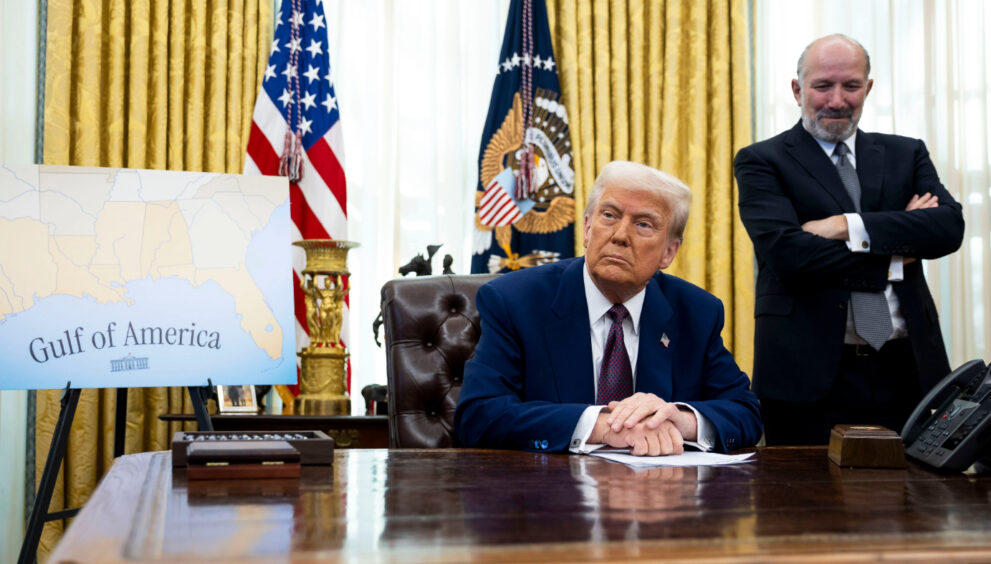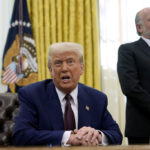Trump’s Trade Disruptions Unfolding Gradually

Since taking office, Donald Trump has been pushing the boundaries of U.S. presidential powers more than his predecessors, reflecting a significant shift. Central to his actions on the economic front are the tariffs imposed on Mexico, Canada, and China, causing uncertainty about his actual intentions. Initially threatening Mexico and Canada with 25 percent tariffs, Trump later postponed their enforcement for a month after both countries committed to bolstering border security.
Opinions are divided on the implications of this move. Optimists view Trump’s threats as a bargaining tactic, while economists warn against the potential risks to the global economy. In my view, Trump’s recent actions signal a broader implementation of tariffs, with the initial salvo serving as a test before actual trade negotiations commence.
This week, Trump announced a 25 percent tariff on all steel and aluminum imports, along with reciprocal tariffs matching those imposed by foreign nations on U.S. goods. Notably, Senior aid Peter Navarro mentioned the considerations of non-tariff barriers in these actions.
These developments reveal a few key points. Firstly, Trump is the first president to use the International Economic Powers Act to levy tariffs, likely sparking prolonged legal battles scrutinizing a president’s executive powers. While previous administrations used this law for imposing economic sanctions, Trump’s choice of tariffs under a national emergency declaration concerning illegal immigration raises questions around his motivations.
Additionally, trading partners, including Canada and Mexico, have shown willingness to retaliate proportionately. Both countries swiftly proposed 25 percent tariffs on U.S. imports worth over $100 billion, thus challenging the assumption of their weak bargaining positions. Despite perceived concessions by the Trump administration to delay tariff implementation for stronger border security, critics suggest these concessions were already in place.
The impact on financial markets, while initially uncertain, seems to stabilize, with equity markets rallying post-announcement of delays in tariffs with Mexico and Canada. Nevertheless, the looming trade discussions will explore potential steps to balance bilateral trade deficits with Mexico and Canada, as Trump prioritizes rectifying what he deems unfair trade practices.
Addressing the wider U.S. trade deficit amidst a strong dollar and robust economic growth adds complexities, suggesting the ambitious goal of reducing the trade imbalance may be elusive. Given Trump’s transactional approach rather than strategic outlook, the certainty of the final outcome remains uncertain, hinting that the risk of a global trade conflict persists.






















































































































































































































































































































































































































































































































































































































































































































































































































































































































































































































































































































































































































































































































































































































































































































































































































































































































































































































































































































































































































































































































































































































































































































































































































































































































































































































































































































































